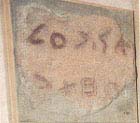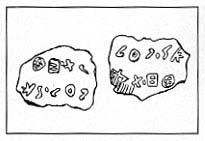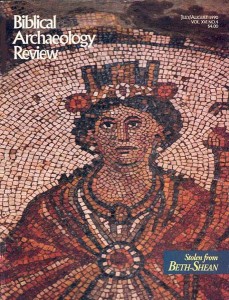Epigraphy in Crisis—Dating Ancient Semitic Inscriptions


Joan Scheuer’s fascinating volunteer report in the January/February issue (“Searching for the Phoenicians in Sardinia,” BAR 16:01) was especially interesting to me as a student of paleography. She describes a very important Phoenician inscription, known as the Nora Fragment, and explains how Professor Frank Cross of Harvard is able to date the Phoenician presence on Sardinia to the 11th century B.C. because he dates the Nora Fragment to this time.
Relying on Professor Cross’s publication in a scholarly journal,1 Scheuer explains that “Cross has been able to date the inscription on the basis of the shape and stance of the letters”; that is, he dates the inscription paleographically—on the basis of a typology of letter forms of the Semitic alphabet in which Phoenician is written. Based on Cross’s paleographic analysis, Scheuer declares the Nora Fragment to be “the oldest Semitic inscription ever found in the central or Western Mediterranean. It strongly supports the theory [she says, again relying on Cross] that Phoenicians were present in Sardinia in the 11th century, or even earlier.”
Already a library member? Log in here.
Institution user? Log in with your IP address.

